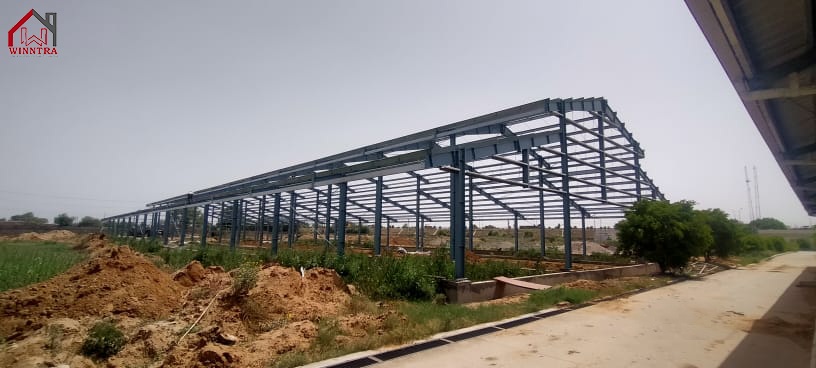
Energy conservation and sustainability are becoming more and more crucial for both our houses and the earth as time goes on.
The environment is negatively impacted by increasing energy use throughout the world. but closer to home, increased energy use can result in unmanageable monthly energy costs.
According to expert surveys, more than 30% of customers in 2021. Made a deliberate effort to embrace a more sustainable way of life through the products they purchased. Due to issues with logistics and supply in the global power industry. The price of gas, coal, and electricity simultaneously increased dramatically in the second half of 2021 and into 2022.
If you haven’t been considering power performance when making purchases, this is a wonderful moment to start. When planning a construction project, consider the long-term advantages of employing steel for your structure.
The money you save over time on a house that was already inexpensive to purchase. Could be added to the money you save on your monthly energy costs. Let’s examine the energy efficiency of steel buildings and how you might reduce your monthly heating and cooling costs as a result.
How do metal structures contribute to cost-effective household energy use?
Using steel as a building material makes it much more effective for the end user. Who is you, even though creating it is already a labor-intensive process that is only getting longer.
The capacity of the steel to reflect light naturally and the simplicity with which improve insulation can be put to. Further, inhibiting heat transmission are two significant ways that steel can help you save money on your monthly heating and cooling expenditures. We’ll also take a look at a third potential strategy for improving the energy efficiency of your steel building.
Steel Mirrors Solar Energy
Because it is inherently reflective, steel is excellent at retaining heat and cold and saving energy.
The roof of your metal building actually contributes to maintaining a comfortable interior temperature since steel is reflective. A steel construction will typically keep cooler than, say, a timber structure, especially in warm weather. This is due to the sun’s energy not being store and subsequently transfer, but rather being display. This implies that even on the hottest days, the interior of your steel building will remain cool, saving you money on air conditioning expenditures in the summer or if you live in a warm environment all year.
Steel is virtually equally effective at shielding heat from the outside in the summer as it is at trapping heat inside during the winter. Steel is still a fantastic heat and cold insulator. But it does a much better job of keeping heat outside than inside. Check out this blog post about steel’s natural insulating properties by clicking here for more information.
The good news is that keeping your steel building warm when it’s freezing outside is simple.
Insulation options
You have a wide range of alternatives when using steel to increase the insulation of your structure.
It can be challenging to select the optimum insulation for your building, so it is important to seek advice from one of our building specialists. First of all. it’s crucial to understand that the type of insulation you should choose depends greatly on the use of your building . The location of your home. You must consider your vital area if you want to comply with Canada’s power code regulations. There are frequently severe guidelines that you must adhere to when you visit the licence office to receive clearance for your project.
In addition to ensuring that the temperature in your building is well-control.
speaking with a member of our team to choose which package is best for you.
will also ensure that your insulation package satisfies the standards of the licencing office for your area or district.
In metal buildings, there are four basic types of insulation: mineral wool, rock wool, and glass wool (also known as “Fiberglass”). Spray foam insulation (ask the steel building manufacturer if this type of insulation is appropriate for your structure). Stiff board insulation consisting of polyisocyanurate (also known as “Poly-iso”).